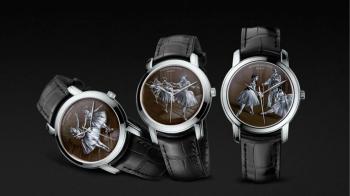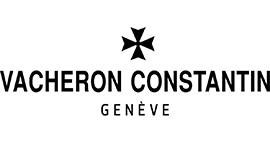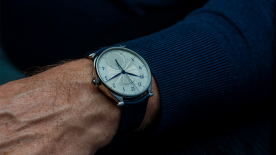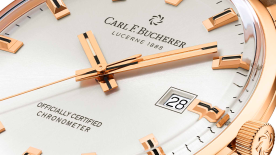Be honest. It’s rare, in watchmaking, to invent a radically new process. It is, however, possible to give a fresh lease on life to long-forgotten decorative techniques. Should we call them the New Métiers d’Art? It’s a delicate question, with at least five answers!
1. Silicon: post-modern marquetry
Just recently, Ulysse Nardin unveiled a Freak X with an exquisite marquetry dial. Nothing new there, you might think, for a technique that reached its apogee in the first half of the seventeenth century. Except the brand has executed this marquetry in wafer-thin silicon. This isn’t a first: Ulysse Nardin used an identical procedure in January 2019 for a watch that got lost among the deluge of new products introduced at SIHH (as it was then), and so it’s only fair to acknowledge the return of this extraordinarily meticulous process.
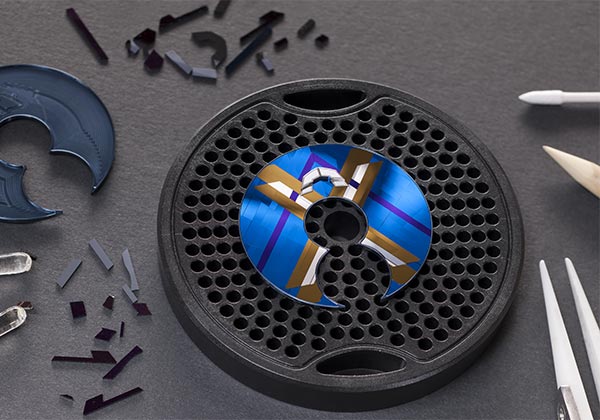
Because silicon, unlike leather, metal or wood, crumbles like sand. Should two fragments, cut with a tolerance of less than one micron, touch, both would shatter and end up… in the bin.
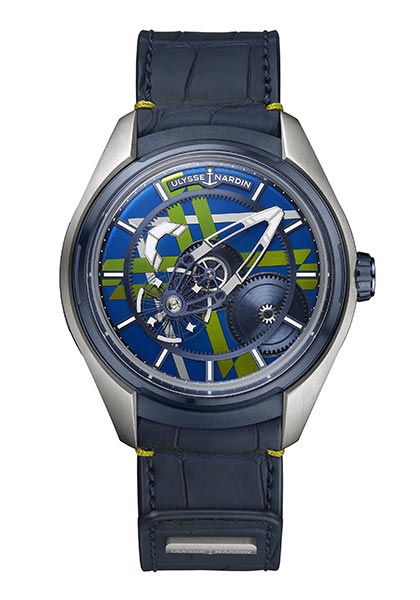
2. Gem-setting: old job, new tricks
Another juncture (collision?) between the old Métiers d’Art and new materials involves gem-setting, a technique that goes back thousands of years and has been brought bang up to date by Richard Mille and Roger Dubuis. Both brands are known for their love of highly resistant innovative materials, yet saw no reason to exclude a clientele for whom precious stones are also part of a watch’s appeal. This led to gems being set in carbon (RM 07-01 and RM 037 at SIHH 2017), and in rubber then carbon by Roger Dubuis whose patented “Soft Stones in the Sky” technique was two years in gestation and unveiled in 2015 on the Excalibur flying tourbillon, then on the Excalibur Ultimate Carbon.

3. Fifty more shades of grey
Rarely seen, grisaille (which translates rather unappetisingly as “greyness”) originated in the sixteenth century, in the French town of Limoges. The technique uses two colours of enamel: black or blue to cover the metal base, superimposed with white “Blanc de Limoges”. Lighter areas are more thickly painted, while applying a thinner layer allows the darker background to tone the white, creating effects of light and shade. Vacheron Constantin has used grisaille on dials which, despite the apparent simplicity of their two colours, produce a remarkable, almost sculptural rendition. What a shame that the Genevan firm hasn’t returned to this technique since 2018.
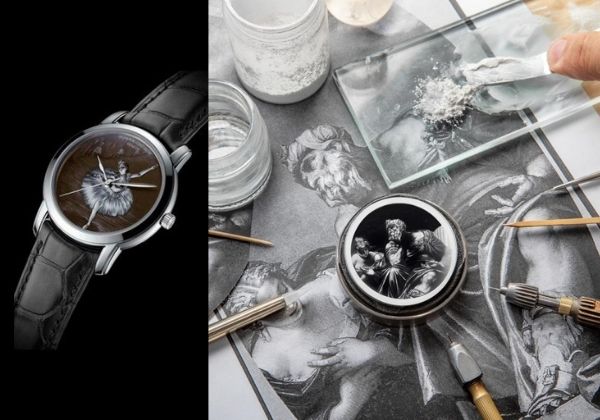
4. Gold grains
Like Vacheron Constantin, Cartier — whose slogan was, for many years, “Art is in Cartier” — has its own studios where more or less forgotten techniques have been reimagined and brought back to life. In 2016, for example, we were treated to a Ballon Bleu de Cartier Enamel Granulation with panther motif, in which Cartier’s enamellers took inspiration from the ancient granulation technique.

Worked in pieces or in powder form, enamel is drawn into threads then chiselled into fine flakes which, when heated over a flame, become minuscule beads or granules. These are then fused to a gold plate to create the desired motif. This Ballon Bleu is a more elaborate example (and in colour) of granulation, already used in 2013 on the 42mm Rotonde Cartier d’Art in yellow gold.
5. And tomorrow?
The future of the Métiers d’Art has no limit beyond human imagination. Regardless even of what machines will be capable of producing in the future, we are still a long way from having exhausted the potential of what we, humans, can do. This was recently illustrated by Greubel Forsey whose Hand Made features an exposed mainplate with a hand-executed “gratté” or “scratched” finish.

Ferdinand Berthoud took a similar approach for the FB 1 in its “Œuvre d’Or” collection by hand-patinating the 18k gold dial through a combination of engraving techniques that demand considerable manual dexterity. First, the gold is finely grained with a graver. The surface is then crafted at length using a “rocker”, allowing light to glide across the surface of the dial.
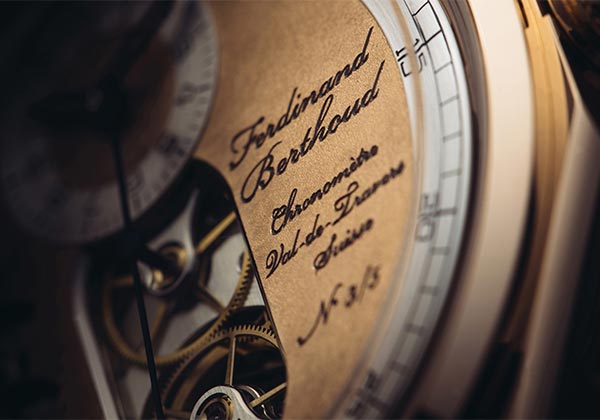
In Japan, the dial of Grand Seiko’s SLGH 007 recreates the grain and veining of wood. Back in Switzerland, Yvan Arpa has embellished unique dials with tobacco leaves or butterfly wings. The future belongs to the most fertile imaginations. The future belongs to the most fertile imaginations.

